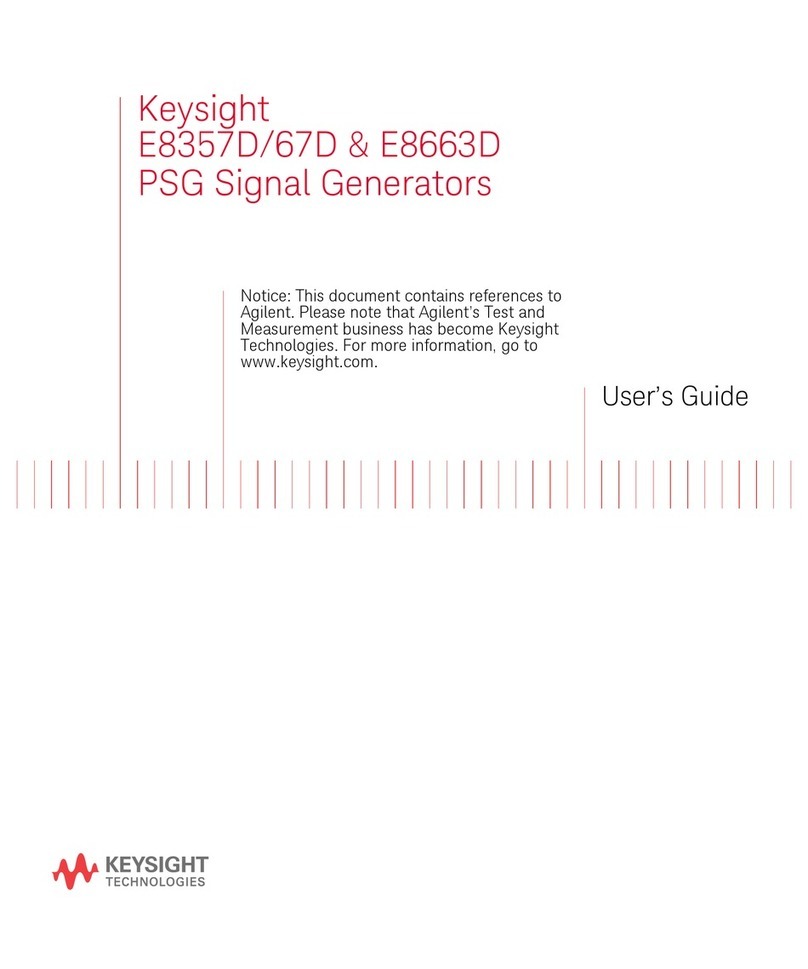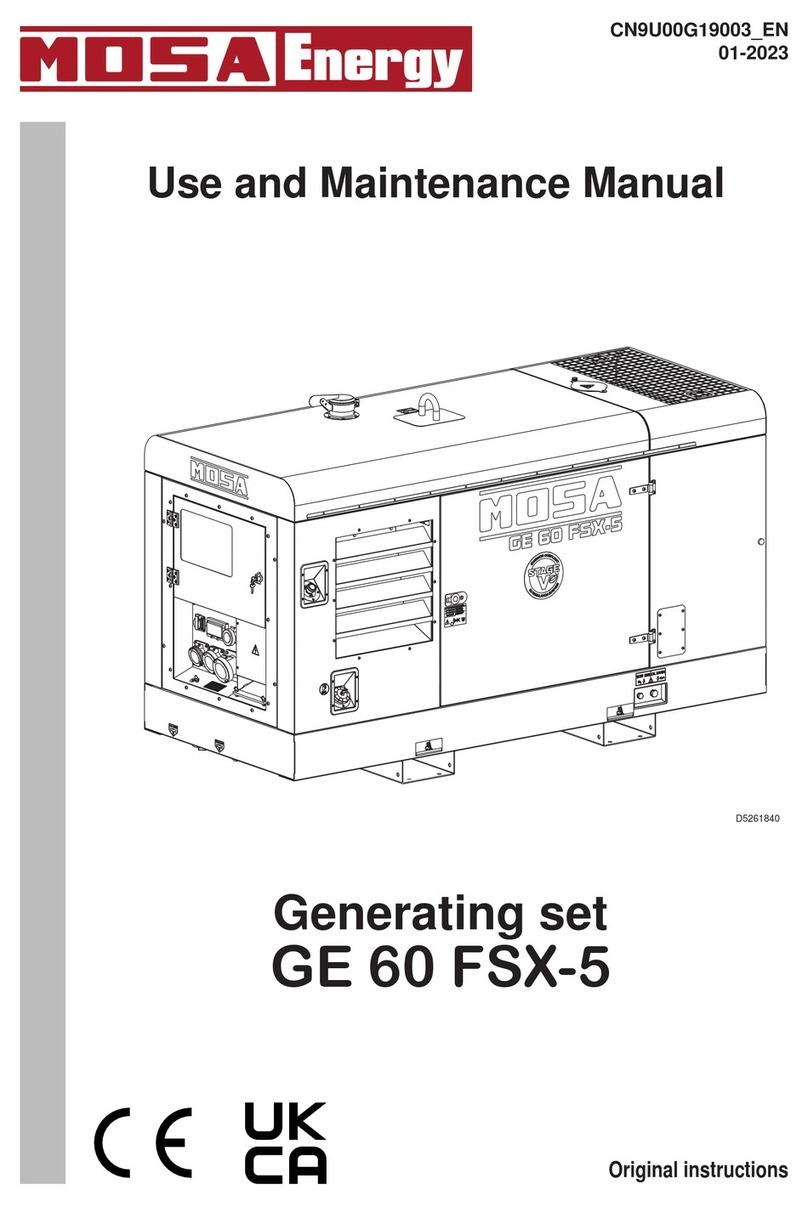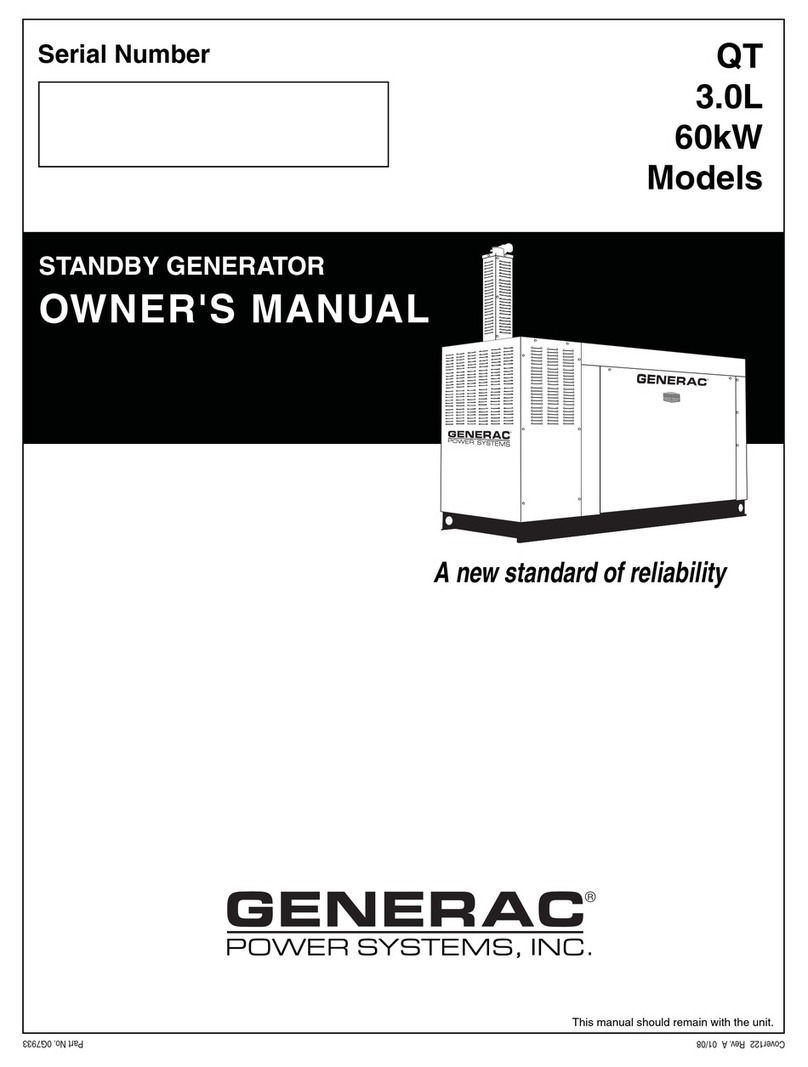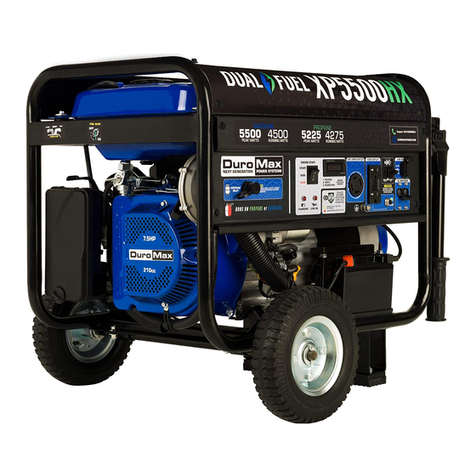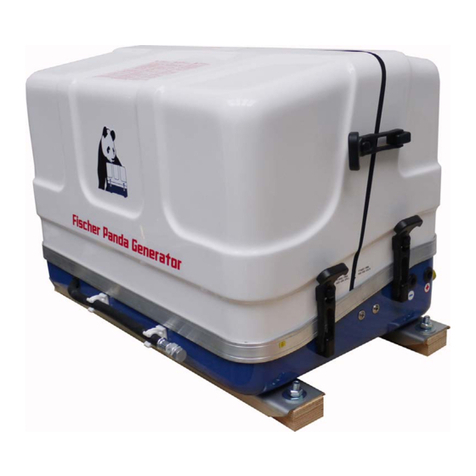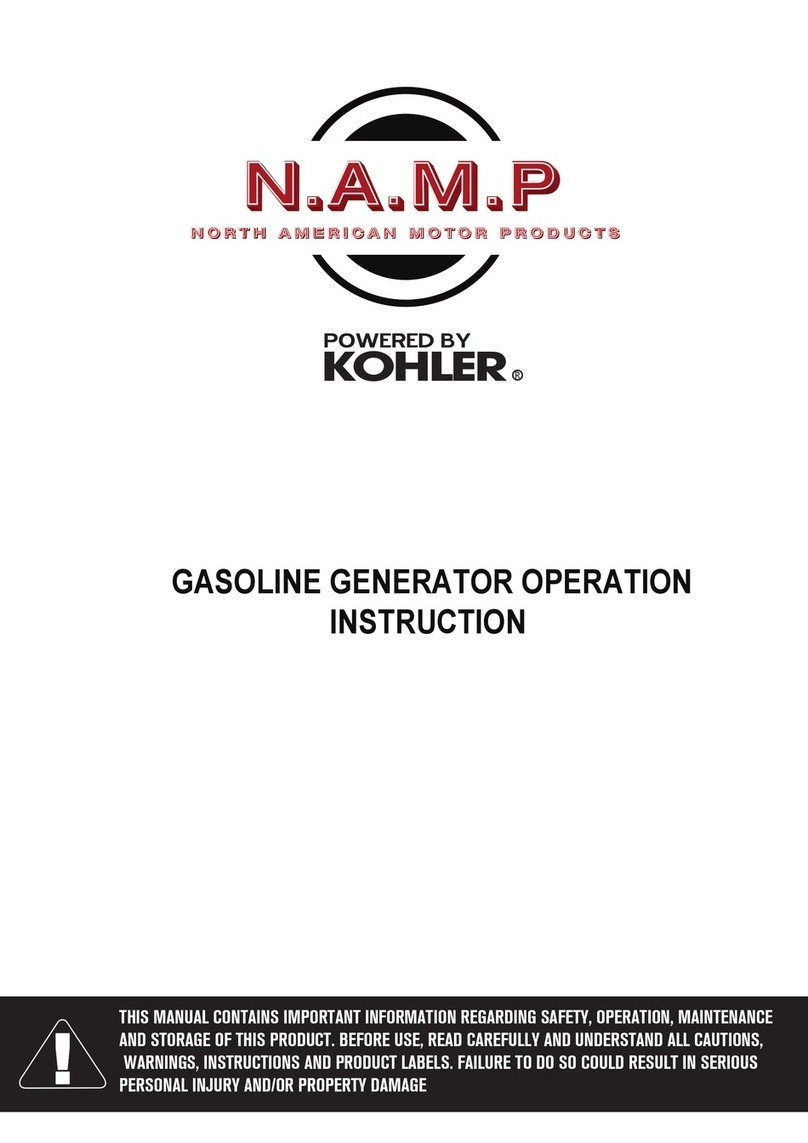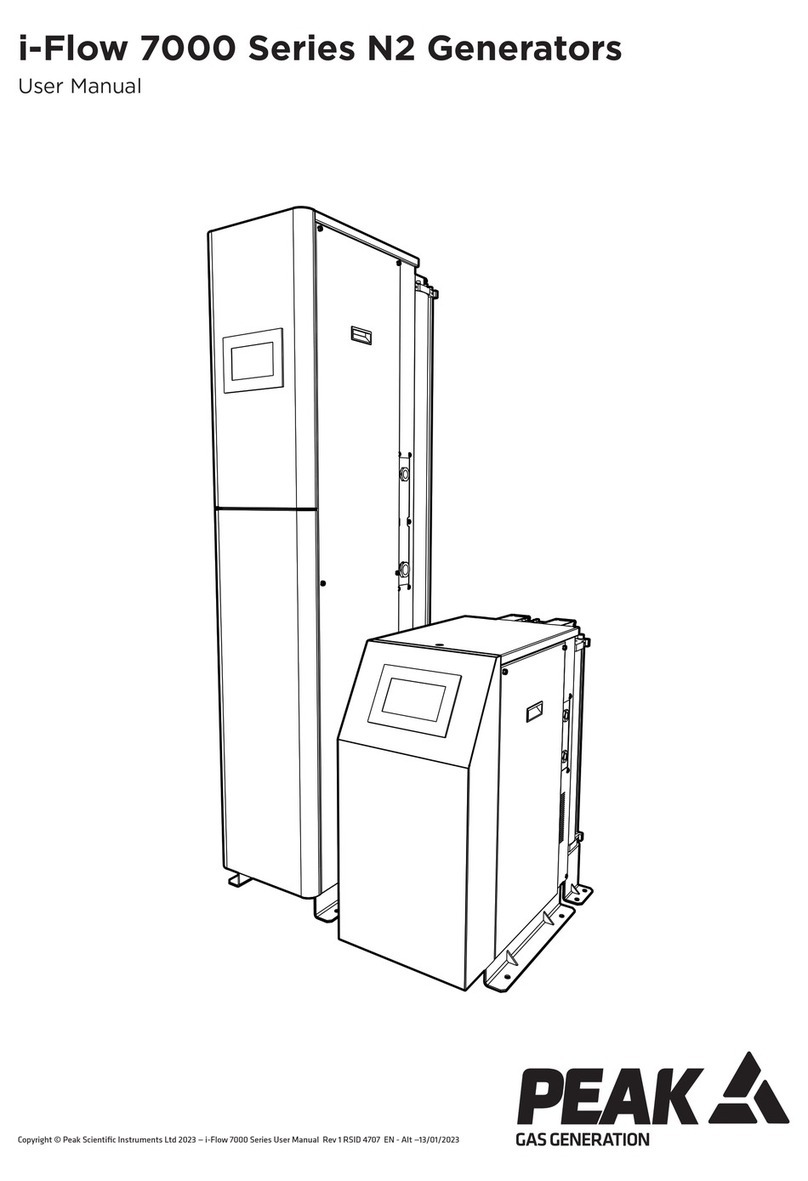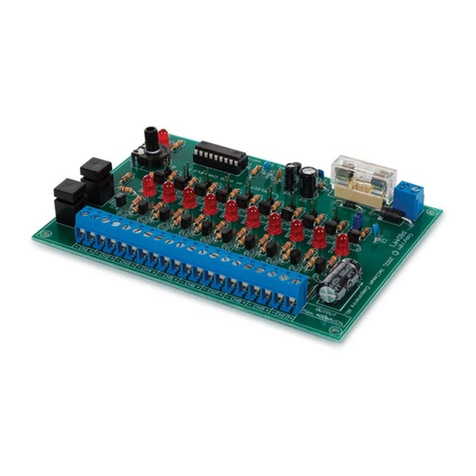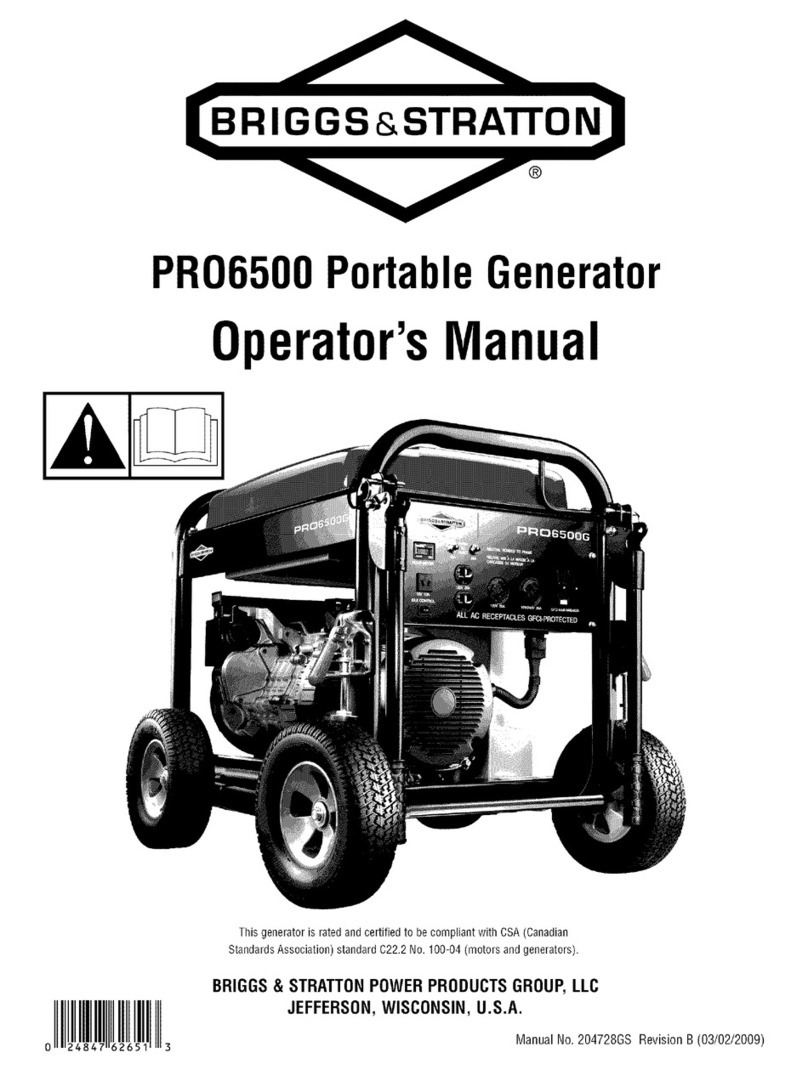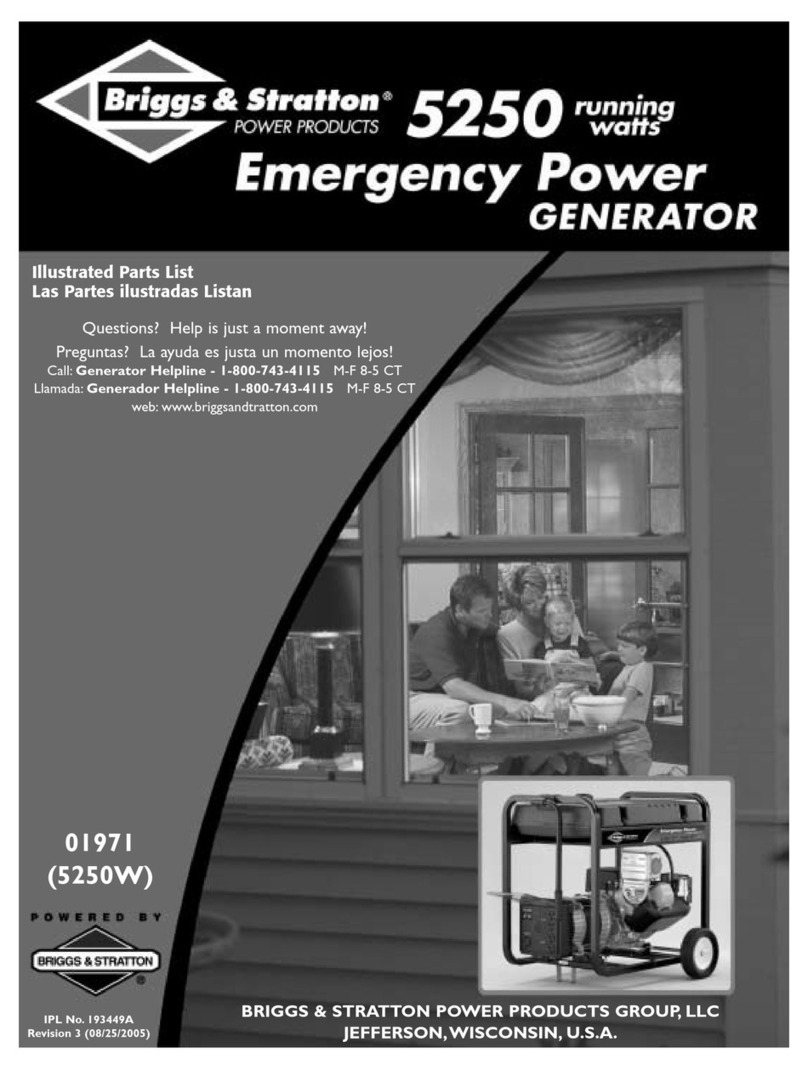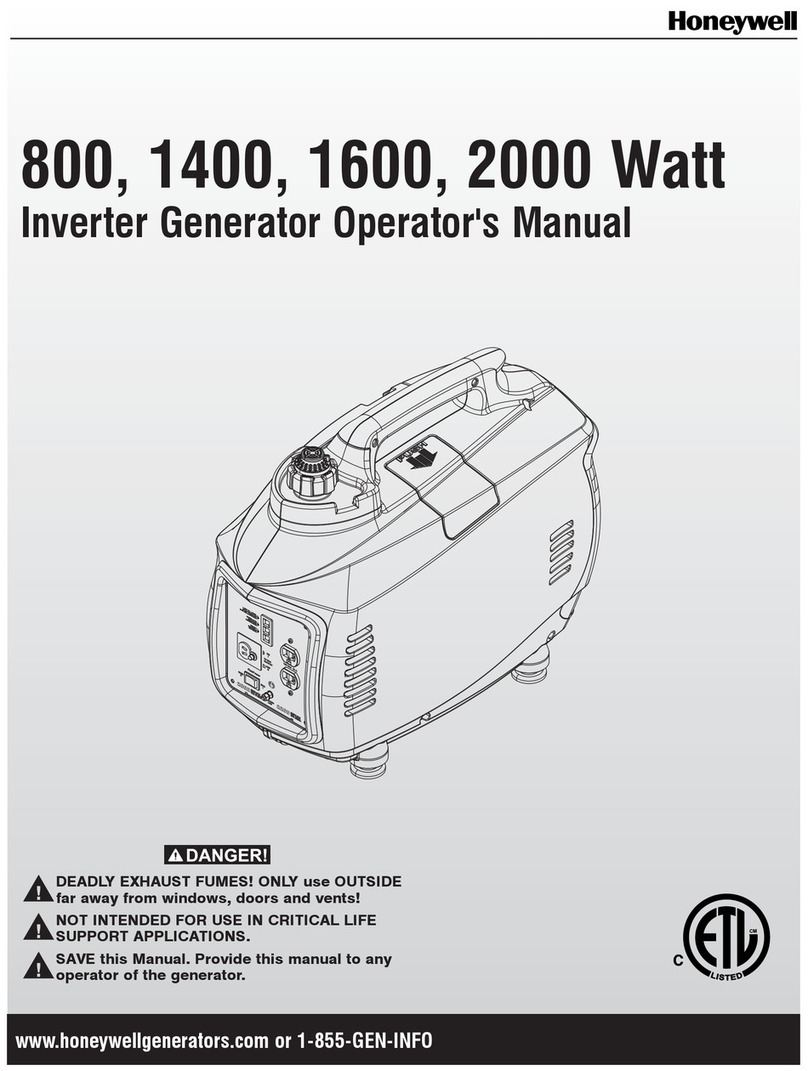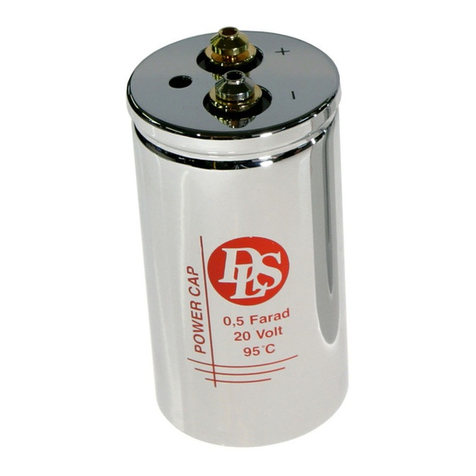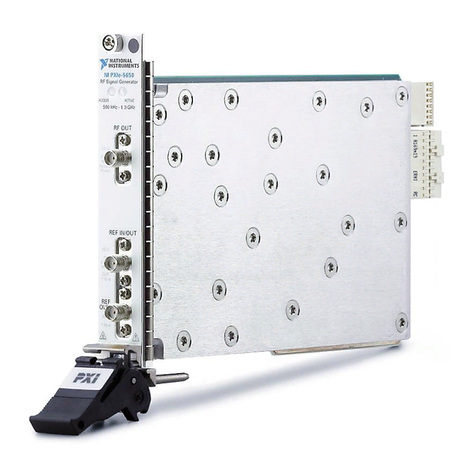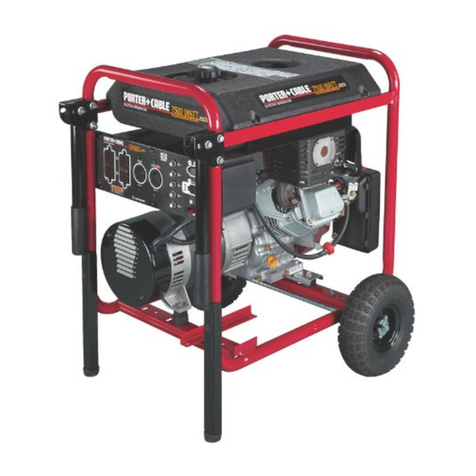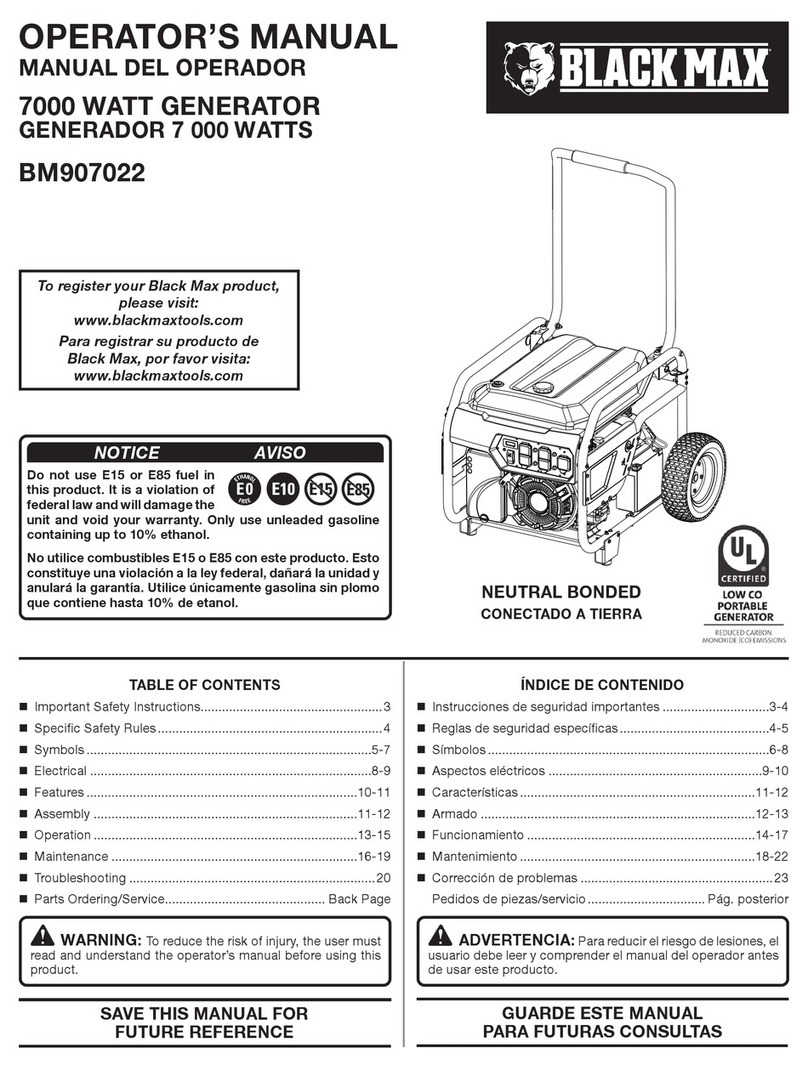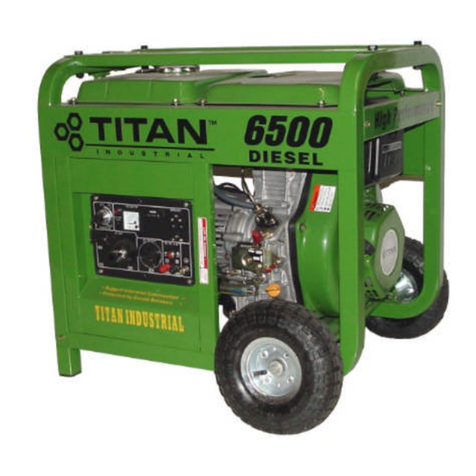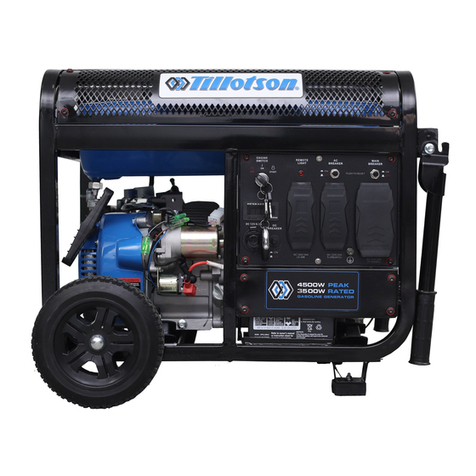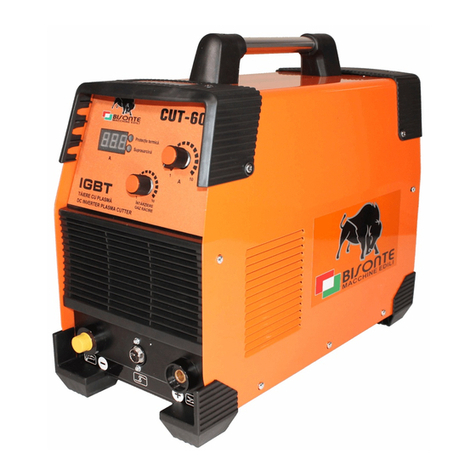flamco Flexfiller 125D Manual

www.flamcogroup.com
© 2014 Flamco group. All rights reserved.
We reserve the right to change designs and technical specifications of our products.
Rev 8.1 Aug-15 Page 1/ 44
Flexfiller Digital Pressurisation Equipment
Flexfiller Models (125D, 225D, 150D, 250D, 280D)
Midi Models (125D, 225D, 150D, 250D)
Mini Models (130D, 230D)
Operation & Maintenance
Manual
Rev 8.3

www.flamcogroup.com
© 2014 Flamco group. All rights reserved.
We reserve the right to change designs and technical specifications of our products.
Rev 8.1 Aug-15 Page 2/ 44
Customer Details
Please fill in information future reference:
Company: Contact:
Address: Tel No:
Fax No:
Post Code: E-mail:
Equipment Details
Details of model and serial number may be found on the label
Model: Serial No:
Purchase date: Purchase From:
Note:
It is highly recommended to have this equipment commissioned by a Flamco approved engineer. Any damage or
loss incurred through incorrect commissioning by an unapproved engineer will not be covered by the warranty.
If you wish for Flamco to arrange this please contact us. (See contact details)
Please see the warranty section for details.
Remember to fill in details for future use for re-commission unit.
Remember: When installing a expansion vessel with the pressurisation unit make sure the cold pressure is the
same in order for the system to work effectively.
Flexfiller Mini 130D & 230D - Under no circumstances must be used to fill a system of any size.

www.flamcogroup.com
© 2014 Flamco group. All rights reserved.
We reserve the right to change designs and technical specifications of our products.
Rev 8.1 Aug-15 Page 3/ 44
Commissioning Record
FILL IN RECORD TO VALIDATE WARRANTY OF PRESSURISATION UNIT
Site Reference:
PU Reference:
Date Commissioned:
/
/
Engineer Name:
Company:
COLD FILL:
Bar
FILL SYSTEM:
YES / NO
Delete as appropriate
HIGH SET:
Bar
PUMPS NUMBER:
1 / 2
Delete as appropriate
LOW SET:
Bar
PUMP TYPE:
0 / 1
Delete as appropriate
DIFFERENTIAL:
Bar
PUMP SENSE:
YES / NO
Delete as appropriate
FLOOD LIMIT:
Minutes
SENSOR TYPE:
0 / 1 / 2
Delete as appropriate
PUMP 1 COUNT:
SPC CONTROLLER:
NO
PUMP 1 HOURS:
GLYCOL UNIT:
NO
PUMP 2 COUNT:
ID NUMBER:
PUMP 2 HOURS:
RELAY
INVERSION:
YES / NO
Delete as appropriate
ALARM COUNT:
OVERUN:
POWER
INTERRUPTED:
PRESSURE ALARM AUTO RESET:
YES / NO
Delete as appropriate
PULSE:
YES / NO
Delete as appropriate
EXCESSIVE START:
YES / NO
Delete as appropriate
YES / NO
Delete as appropriate
SERVICE:
YES / NO
Delete as appropriate
YES / NO
Delete as appropriate
Notes:
Commissioning certificate can be obtained please contact Flamco representative
Engineer Signature:
Date:
/
/
Customer Signature:
Date:
/
/

www.flamcogroup.com
© 2014 Flamco group. All rights reserved.
We reserve the right to change designs and technical specifications of our products.
Rev 8.1 Aug-15 Page 4/ 44
Contents
Customer & Equipment details 2
Commission Record 3
About this Manual
Where to find more Information 5
Equipment Overview
Principal of Operation 6
Installation
Pipe Connections 7
Typical Installation Diagram 7
Flow Restrictors (Midi & Mini models only) 8
Flexfiller Clearance and Connection Requirements 9
Midi Clearance and Connection Requirements 10
Mini Clearance and Connection Requirements 11
Electrical Power Supply 12
Fault Contacts 13
Commissioning
Pre-Commissioning Checklist 14
Controller Overview 15
Controller Programming 16
Program List 17 –19
Hydraulic Commissioning 20 - 24
Operation
Fault Codes 25
Shutdown Procedure 26
Start-Up Procedure 26
Maintenance
Maintenance information 27 - 28
Wiring Diagram 29
Wiring Location 30
Spares
Electrical Items (All Models) 31
Flexfiller Models (125D, 225D, 150D, 250D, 280DS) 32
Midi Models (125D, 225D, 150D, 250D) 33
Mini Models (130D, 230D) 34
Troubleshooting 35 - 37
Service Log 38 - 39
Warranty Information 40

www.flamcogroup.com
© 2014 Flamco group. All rights reserved.
We reserve the right to change designs and technical specifications of our products.
Rev 8.1 Aug-15 Page 5/ 44
About this Manual
This Operation and Maintenance Manual contains all the necessary information to install, commission, operate
and maintain Flexfiller pressurisation equipment.
It is recommended to read all parts of this manual before undertaking any work on the equipment.
Conventions used in this Manual
This manual makes use of symbols to identify key pieces of information. Please take note of the following
symbols and their meaning:
DANGER –Important safety related information intended to prevent injury and/or damage to the
equipment, system or property.
CAUTION - Important information intended to prevent damage to the equipment, system or
property.
IMPORTANT - Important information intended to ensure that the equipment functions correctly.
USEFUL –Useful information which may be helpful, but is not necessarily required for the unit to
function correctly.
Typography
This manual makes use of different typography to identify different types of information.
Italics Key words and phrases
(Round Brackets) Used to identify a button on the digital controller
[Square Brackets] A parameter on the digital controller
<Inequality Symbols> A message/fault code displayed on the digital controller
Where to find more Information
For further information please visit the Flamco Limited Website at the following URL:
www.flamco.co.uk
Alternatively, please contact the Flamco Limited head office using the details below:
Phone: 01744 744 744
Fax: 01744 744 700

www.flamcogroup.com
© 2014 Flamco group. All rights reserved.
We reserve the right to change designs and technical specifications of our products.
Rev 8.1 Aug-15 Page 6/ 44
Equipment Overview
The function of this pressurisation unit is to provide a means of automated water top-up to sealed heating and
cooling systems. The equipment is designed to provide periodic water top-up to compensate for minor losses in
system pressure (e.g. slow leaks, air venting, etc.).
This equipment is not designed to cope with sudden losses of system pressure (e.g. manual
draining) or major water losses (e.g. large leaks). The equipment is also not intended to be used
for water boosting applications.
Principal of Operation
The following schematic shows the internal arrangement of a pressurisation unit:
The pressurisation unit is fitted with a break tank (1) which is filled from the mains water supply (2) via a float
operated valve (3). The break tank is fitted with an overflow (4) in case the break tank overfills, and a weir
overflow (5) in case the primary overflow fails.
The pressurisation unit is connected into the heating system (6) via an isolation valve (7).
The pressure sensor (8) monitors the system pressure.
If the pressure sensor detects a drop in pressure, the pump (9a) will pump water from the break tank into the
system. Once the required pressure has been reached, the pump will stop.
On twin pump models, a second pump (9b) is provided. The two pumps will run in a duty/standby configuration
(i.e. the active pump will alternate with each pump start).
The pump(s) are fitted with non-return valves (10a, 10b) to prevent backflow.
A drain valve (11) is provided for draining down the unit and for commissioning purposes.

www.flamcogroup.com
© 2014 Flamco group. All rights reserved.
We reserve the right to change designs and technical specifications of our products.
Rev 8.1 Aug-15 Page 7/ 44
Installation
This pressurisation unit is not designed to be installed in an outdoor environment. The unit must
be installed in a frost free environment, away from precipitation and water sprays/jets. If there is
a risk of flooding, the unit must be installed on a raised plinth.
Please refer to the appropriate datasheet for the maximum working pressure and temperature of
the pressurisation unit. The conditions at the point of connection to the system must not exceed
these values.
Pipe Connections
To avoid damaging the float valve, the mains water supply pipe must be flushed before
connection to the pressurisation unit.
All pipe connections must be made with appropriate jointing compound/PTFE tape.
If PTFE tape is used, care must be taken to ensure that the tape does not obstruct the orifice of
the fitting.
Non-return valves, pressure reducing valves and RPZ valves must not be installed between the
pressurisation unit and the heating/cooling system. These devices will prevent the pressure
sensor from reading the system pressure.
The pressurisation unit and expansion vessel should be connected to the system at the same
point, to provide a neutral pressure reading. This point of connection should be in the system
return, on the suction side of the circulation pump.
Typical Installation Diagram

www.flamcogroup.com
© 2014 Flamco group. All rights reserved.
We reserve the right to change designs and technical specifications of our products.
Rev 8.1 Aug-15 Page 8/ 44
Flow Restrictors (Mini & Midi Models Only)
Pressurisation equipment fitted with a plastic, side-entry torbeck valve must be fitted with a filter
and –depending on the mains water pressure –a flow restrictor. Failure to do this may result in
damage to the equipment.
Two different flow restrictors are supplied with the equipment, both of which include an integral filter. The
selection of the appropriate flow restrictor is based on the maximum mains water pressure at the point of
installation. Please refer to the following table for selection.
Mains Water Pressure
Requirement
Below 1 Bar
No Restrictor. Install Filter Only
1 –4 Bar
Low Pressure Restrictor (coloured)
Above 4 Bar
High Pressure Restrictor (white)
If no restrictor is required, the filter must be removed from one of the restrictors and installed on its own. The
following diagram shows how to remove the filter:
To install the flow restrictor/filter, hold it by the tab and push it into the opening of the float valve connection,
as shown in the diagram below:

www.flamcogroup.com
© 2014 Flamco group. All rights reserved.
We reserve the right to change designs and technical specifications of our products.
Rev 8.1 Aug-15 Page 9/ 44
Flexfiller Clearance and Connection Requirements
Connection
Size
Notes
Mains
Water Feed
½” BSP M
An isolation valve must be
installed on the mains water feed
for servicing.
Break Tank
Overflow
22mm
Guidance on drainage
requirements should be obtained
from the local water authority.
System
Connection
½” BSP M
/ 15mm
The pressurisation unit and
expansion vessel should be
connected to the system at the
same point.
The point of connection should
be in the system return, on the
suction side of the circulation
pump.
Non-return valves, pressure
reducing valves and RPZ valves
must not be used.

www.flamcogroup.com
© 2014 Flamco group. All rights reserved.
We reserve the right to change designs and technical specifications of our products.
Rev 8.1 Aug-15 Page 10 / 44
Midi Clearance and Connection Requirements
Connection
Size
Notes
Mains
Water Feed
½” BSP M
An isolation valve must be
installed on the mains water
feed for servicing.
Break Tank
Overflow
22mm
Guidance on drainage
requirements should be
obtained from the local water
authority.
System
Connection
½” BSP M
/ 15mm
The pressurisation unit and
expansion vessel should be
connected to the system at the
same point.
The point of connection should
be in the system return, on the
suction side of the circulation
pump.
Non-return valves, pressure
reducing valves and RPZ valves
must not be used.

www.flamcogroup.com
© 2014 Flamco group. All rights reserved.
We reserve the right to change designs and technical specifications of our products.
Rev 8.1 Aug-15 Page 11 / 44
Mini Clearance and Connection Requirements
Connection
Size
Notes
Mains
Water Feed
½” BSP M
An isolation valve must be
installed on the mains water
feed for servicing.
Break Tank
Overflow
22mm
Guidance on drainage
requirements should be
obtained from the local water
authority.
System
Connection
¼” BSP F
The pressurisation unit and
expansion vessel should be
connected to the system at the
same point.
The point of connection should
be in the system return, on the
suction side of the circulation
pump.
Non-return valves, pressure
reducing valves and RPZ valves
must not be used.

www.flamcogroup.com
© 2014 Flamco group. All rights reserved.
We reserve the right to change designs and technical specifications of our products.
Rev 8.1 Aug-15 Page 12 / 44
Electrical Power Supply
This equipment must be electrically isolated before removing the covers. Cables connected to the
volt free contacts may be supplied from another source and may remain live after the unit is
isolated. These must be isolated elsewhere.
All electrical connections must be carried out by a suitably qualified and competent person.
The mains power supply to the pressurisation unit must be connected into the fused terminal block as shown
below:
On some larger models, the fused terminal block is replaced by a fused spur. If this is the case, the power supply
must be connected into the fused spur, as shown below:
It is recommended to supply power to the pressurisation unit via a lockable isolator. This should
be installed within 2m of the equipment.
This equipment can be damaged by the high voltages produced by electrical installation testing
equipment. When performing electrical installation tests, the equipment must be isolated from
the supply.

www.flamcogroup.com
© 2014 Flamco group. All rights reserved.
We reserve the right to change designs and technical specifications of our products.
Rev 8.1 Aug-15 Page 13 / 44
Micro Controller
Fault contacts
There are 6 volt free fault contacts which can be used for connection to a BMS system, or as a boiler interlock.
These are terminals 1-12, located on the digital controller:
With the exception of the Common Alarm, it is possible to convert all other fault contacts to
normally closed. For further information please refer to the commissioning section of this manual.

www.flamcogroup.com
© 2014 Flamco group. All rights reserved.
We reserve the right to change designs and technical specifications of our products.
Rev 8.1 Aug-15 Page 14 / 44
Commissioning
It is highly recommended to have this equipment commissioned by a Flamco approved engineer.
Any damage or loss incurred through incorrect commissioning by an unapproved engineer will not
be covered by the warranty.
Pre-Commissioning Checklist
The following conditions must be met before starting the commissioning process. Failure to meet
these conditions may result in injury or damage to the equipment, system and property.
Equipment is sited in a frost free area, away from precipitation and water sprays/jets
All necessary pipe/electrical connections have been made to a satisfactory standard
The temperature and pressure at the point of connection are within the operating limits of the
pressurisation unit.
The heating/cooling system is fitted with a safety valve and expansion vessel
The following conditions must be met for the pressurisation unit and heating/cooling system to
function correctly. If these conditions have not been met, it is not advisable to proceed with the
commissioning process.
The system connection has been made into the system return header/pump suction
There are no non-return valves, pressure reducing valves or RPZ valves installed between the
pressurisation unit and the heating/cooling system
The expansion vessel is pre-charged to the correct pressure (equal to fill pressure)
It is advisable to fill the heating/cooling system prior to commissioning. If this is not possible, the
pressurisation unit can be used to fill the system after commissioning. Depending on the size of
the system, this may take a considerable amount of time.
The heating/cooling system is filled and pressurised to the required cold fill pressure, with the water at
ambient temperature (approximately).

www.flamcogroup.com
© 2014 Flamco group. All rights reserved.
We reserve the right to change designs and technical specifications of our products.
Rev 8.1 Aug-15 Page 15 / 44
Controller Overview
The following image shows the front of the pressurisation unit digital controller. 4 buttons are provided for
programming, and an LED display which shows scrolling messages.
When the controller is first powered up, it will display the controller version number. This manual
relates to controller version >8.0. If the controller is of a different version, there may be
differences in the menu items available.
When in normal operation, the controller will display the current system pressure. If a fault occurs, the
controller will display a fault code and produce an audible alarm.
In normal operation, the functions of the buttons are as follows:
Button
Function
Press
Hold
SET
-
Show Current System Pressure
MUTE
Mute Audible Alarm
Reset Unit
+
-
Enter Programming Menu
-
-
Enter Programming Menu

www.flamcogroup.com
© 2014 Flamco group. All rights reserved.
We reserve the right to change designs and technical specifications of our products.
Rev 8.1 Aug-15 Page 16 / 44
Controller Programming
Do not alter any settings without first understanding the implications of doing so. Incorrect
settings may cause damage to the equipment, system or property.
To enter the programming menu, hold the (+) button until “enter code” appears on the screen, followed by
“0000” with a flashing cursor after the first digit.
To gain access to the programming menu, one of the following codes must be entered:
Customer Code
Standard set of options
2601
Engineer Code (≥V6.3)
Extended set of options
4706
To enter the code, change the first digit with the (+) and (-) buttons, then press (SET) to move onto the next
digit. Repeat for all digits, then once the correct code is shown on the display, press (SET) to enter the
programming menu.
Once a correct code has been entered, the first option [COLD FILL] will appear on the screen.
Once in the menu, the value of the current menu item can be changed using the (+) and (-) buttons. Once the
current value has been set, pressing the (SET) button will move on to the next option.
It is not possible to navigate backwards through the menu. To return to a previous setting in the
menu, press the (SET) button repeatedly to scroll through to the end of the menu, and then re-
enter the appropriate code.
If the controller looses power while in the programming menu, all changes made will be erased.
To confirm all changes, the end of the menu must be reached, and the “SAVING...” message must
be displayed.

www.flamcogroup.com
© 2014 Flamco group. All rights reserved.
We reserve the right to change designs and technical specifications of our products.
Rev 8.1 Aug-15 Page 17 / 44
Program List
The table below gives details of all menu items, in the order that they will appear:
#
Menu Item
Function
Default
Value
1
COLD FILL
The required fill pressure, i.e. pump ‘cut-out’ pressure.
The recommended setting is 0.3 BAR above the static pressure of the system
(0.1 Bar per meter of static height).
For example, a 14m high installation will have a static pressure of 1.4 Bar,
making the recommended cold fill pressure 1.7 Bar.
It is not possible to enter a value higher than the current [HIGH SET] or lower
than the current [LOW SET] values.
1.0 Bar
2
HIGH SET
The high pressure alarm setting.
If the pressure in the system reaches this value, the <HIGH PRESSURE> alarm
and common alarm will be activated.
The recommended setting is 10% below the safety valve rating.
For example, if the safety valve rating is 3 Bar, the recommended setting is 2.7
Bar.
It is not possible to enter a value lower than the current [COLD FILL] value.
2.7 Bar
3
LOW SET
The low pressure alarm setting.
If the pressure in the system falls below this value, the <LOW PRESSURE>
alarm and common alarm will be activated, and the pressurisation pumps will
not run.
The recommended setting is 0.5 Bar below the [COLD FILL] pressure.
It is not possible to enter a value higher than the current [COLD FILL] value.
0.5 Bar
4
DIFFERENTIAL
The differential between the ‘cut-in’ and ‘cut-out’ pressures of the
pressurisation pumps.
The cut-in pressure will be equal to the [COLD FILL] pressure, minus the
differential pressure.
For example, if the [COLD FILL] pressure is set to 1.5 bar, and the differential
set to 0.2 Bar, the pump ‘cut-in’ pressure will be 1.3 Bar (1.5 – 0.2 = 1.3)
0.2 Bar
5
FLOOD LIMIT
The maximum continuous run time for each of the pressurisation pumps.
If a pump runs continuously for longer than this period, the pump will stop
and a <FLOOD LIMIT> alarm will be activated.
This is to prevent the unit from pumping large amounts of water in the event
of a large leak/burst pipe.
For very large systems, this may need to be increased.
The value can be changed in increments of 10 minutes, to a maximum of 990.
10 MINS
6
PUMP 1 COUNT
The cumulative number of pump starts for pump 1.
This is a cumulative counter, the value of which cannot be modified. If using
the engineer’s code, the counter can be reset to zero by holding the (MUTE)
button.
-
7
PUMP 1 HOURS
The cumulative run time in hours for pump 1.
This is a cumulative timer, the value of which cannot be modified. If using the
engineer’s code, the counter can be reset to zero by holding the (MUTE)
button.
-

www.flamcogroup.com
© 2014 Flamco group. All rights reserved.
We reserve the right to change designs and technical specifications of our products.
Rev 8.1 Aug-15 Page 18 / 44
#
Menu Item
Function
Default
Value
8
PUMP 2 COUNT
The cumulative number of pump starts for pump 2.
This is a cumulative counter, the value of which cannot be modified. If using the
engineer’s code, the counter can be reset to zero by holding the (MUTE)
button.
-
9
PUMP 2 HOURS
The cumulative run time in hours for pump 2.
This is a cumulative timer, the value of which cannot be modified. If using the
engineer’s code, the counter can be reset to zero by holding the (MUTE)
button.
-
10
ALARM COUNT
The cumulative number of all alarm incidents.
This is a cumulative counter, the value of which cannot be modified. If using the
engineer’s code, the counter can be reset to zero by holding the (MUTE)
button.
-
11
POWER
INTERRUPTED
The cumulative number of power interruptions (i.e. controller turned off/
power cut).
This is a cumulative counter, the value of which cannot be modified. If using the
engineer’s code, the counter can be reset to zero by holding the (MUTE)
button.
-
12
PULSE
When enabled, if a pump has been inactive for 60 days, it will start and run for
2 seconds.
This is to prevent the pumps from seizing.
YES
13
EXCESSIVE
START
When enabled, if there are more than 3 individual pump runs within an 8 hour
period, the unit will register an <EXCESSIVE DEMAND> alarm.
Enabling this option may cause false alarms on some systems.
NO
14
SERVICE
When enabled, a service reminder will be displayed after 12 months from when
the option was enabled.
To reset the service reminder, set the value to ‘NO’ and exit the menu. Then,
re-enter the menu and set the value to ‘YES’ again.
NO
15
FILL SYSTEM
When enabled, the <LOW PRESSURE> and <FLOOD LIMIT> alarms will be
disabled, and pump 1 will run continuously for up to 24 hours until the cold fill
pressure has been reached.
Once the cold fill pressure has been reached, this option will automatically be
deactivated, and the low pressure alarm and flood limit will be reactivated.
This function is used to fill a system that is empty or at low pressure.
Care must be taken using this option as the flood limit alarm is disabled,
increasing the risk of flooding.
This option cannot be enabled on Mini pressurisation units.
NO
If using the customer code, the menu will end at this point. After pressing (SET) once more, the
controller will display “SAVING...” and return to normal operating mode. If using the engineer’s
code, additional menu items will be displayed.
The following settings are all pre-programmed in the factory and should not need to be
modified on site. If these settings appear to have been reset, the most likely cause is a power
spike. If this problem persists, a power filter may be required.

www.flamcogroup.com
© 2014 Flamco group. All rights reserved.
We reserve the right to change designs and technical specifications of our products.
Rev 8.1 Aug-15 Page 19 / 44
The following settings are for experienced engineers only. Incorrect configuration of these
settings can cause the equipment not to function correctly, and may cause damage to the
equipment, system or property.
#
Menu Item
Function
Default
Value
16
PUMPS NUMBER
The number of pumps installed in the pressurisation unit.
This can be set to either 1 or 2.
2
17
PUMP TYPE
The type of pump installed in the pressurisation unit.
There are two options, which are as follows:
0 –Centrifugal Pump (Flexfiller /Digifiller/ Midi)
1 –Piston Pump (mini units only)
1
18
PUMP SENSE
Disabling this option will stop the controller from monitoring the pumps and
generating <PUMP FAIL> faults.
It is not recommended to disable this option. Please consult Flamco Technical
before doing so.
YES
19
SENSOR TYPE
The type of pressure sensor installed in the unit.
There are two options which are as follows:
1 –1-6V Output, 0-10 Bar Range
2 –1-6V Output, 0-16 Bar Range
1
20
SPC
CONTROLLER
Not required on standard Pressurisation unit
NO
21
ADDITIVE
Not required on standard Pressurisation unit
NO
22
ID NUMBER
A user configurable identification number.
This option does not serve any functional purpose.
01
23
RELAY
INVERSION
When enabled, all normally open fault contacts (i.e. all except the common
alarm) are converted to normally closed.
NO
24
OVERRUN
Allows the pump to continue running for a set period of time after the required
pressure has been reached.
This will prevent the pumps from ‘hunting’.
The value can be set from 0 –10 seconds.
5
25
PRESSURE
ALARM AUTO
RESET
When enabled, the <HIGH PRESSURE> and <LOW PRESSURE> alarms will be
cleared automatically if and when the pressure returns to normal.
If disabled, the alarms must be manually reset.
YES
26
CASCADE
Allows the pumps to operate in duty/assist mode.
After either pump starts, the other pump will start after a set period of time.
This option can be set to OFF, or 5 –30 seconds.
OFF
27
BOOST
When enabled, the controller will allowing the pumps to run even if the system
pressure is zero.
YES
28
SOLENOID
CONTROLLER
When enabled, the “high water” input is used to trigger a top up solenoid valve
connected to the “sensor healthy” volt free contact.
This option should only be enabled on units which utilize a solenoid valve as the
means of top-up.
NO
Note:
21 = GLYCOL UNIT / 28 = FLOMAT ON (>7.3 VERSION CONTROLLER)

www.flamcogroup.com
© 2014 Flamco group. All rights reserved.
We reserve the right to change designs and technical specifications of our products.
Rev 8.1 Aug-15 Page 20 / 44
Hydraulic Commissioning
1 –Float Valve Setting
Ensure that the break tank float valve is set to its lowest position:
Flexfiller Units Mini & Midi Units
If a drain valve is fitted to the break tank, ensure that it is closed. Then, turn on the mains water supply and
allow the break tank to fill.
When the float valve operates for the first time, it may not close immediately, causing the break
tank to overfill. Once the internals of the valve have been fully wetted this should not occur again.
2 –Bleeding Pumps
This step is only necessary for Flexfiller and Midi units. For Mini units, move on to the next step.
Make sure that the internal isolation valve within the pressurisation unit is closed by following the
steps below. Failure to do this may cause injury or damage to the equipment, system or property.
Un-screw cap turn cap push cap on socket Twist cap
This manual suits for next models
10
Table of contents
